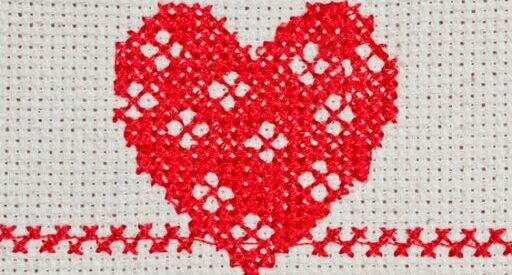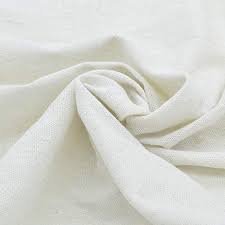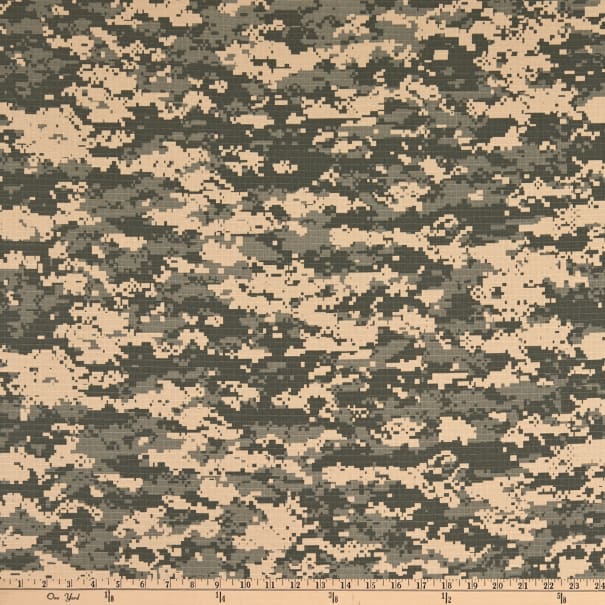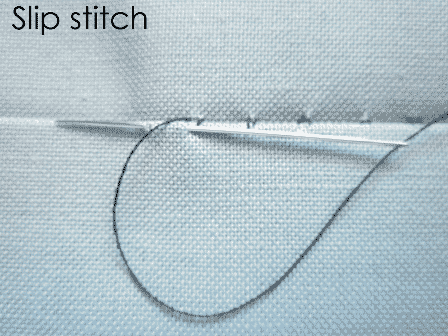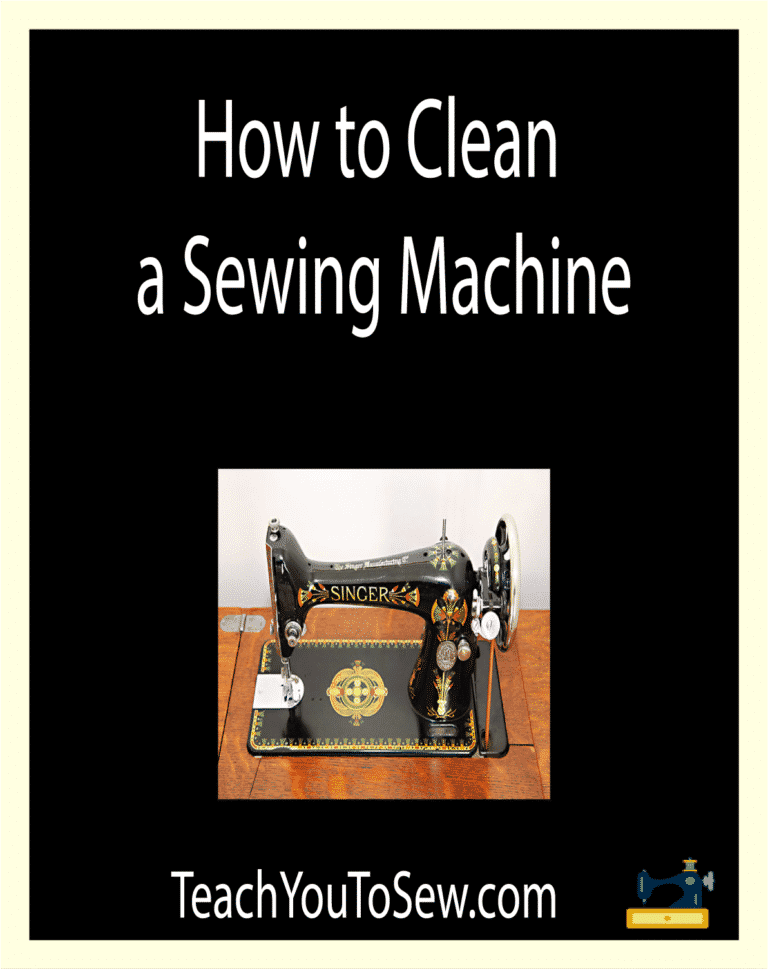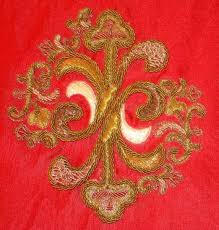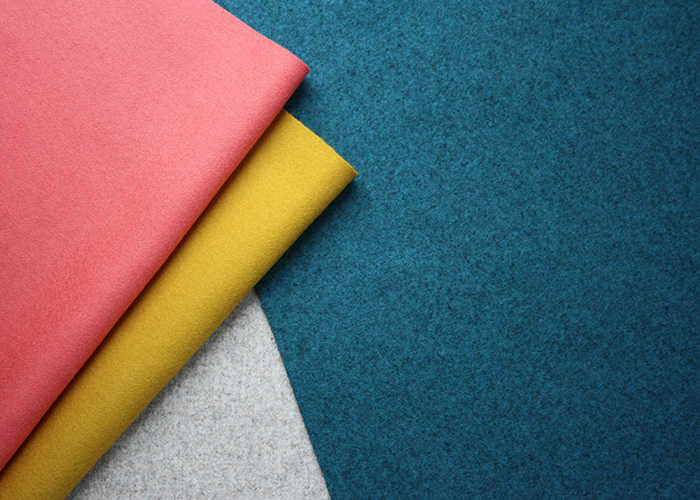Best Accessories For Sergers Review
Are you looking for the best accessories for Sergers? We’ve got you covered.
If you love sewing, chances are you own an overlocking sewing machine or Serger, as it is commonly known. You may have thought about investing in various accessories for your Serger.
Picking out the right accessories can be a confusing or even overwhelming task. The markets are flooded with countless options, and it can be challenging to choose the right accessories for your needs.
However, you do not need to look any further. We’ve done your research for you and curated a little list of the best accessories for Sergers. Prepare to dive in as we look at the best accessories for Sergers and review them.
Table of Contents
- 1 Best Accessories For Sergers
- 2 Best Accessories for Sergers Buyer’s Guide
- 2.1 Specialized Serger Feet
- 2.2 Lint Brush
- 2.3 Machine Oil
- 2.4 Screw Drivers
- 2.5 Trim Trap
- 2.6 Dust Cover
- 2.7 Tweezers
- 2.8 Needle Inserter
- 2.9 Looper Threader
- 2.10 Foot Pedal
- 2.11 Scissors
- 2.12 Adjustable Tables
- 2.13 Sewing Boxes
- 2.14 Thread Nets
- 2.15 Spool Caps
- 2.16 Pins
- 2.17 Seam Ripper
- 2.18 Electric Cutters
- 2.19 Self-Healing Sewing Mat
- 2.20 Spool Huggers
- 2.21 Sewing Clips
- 2.22 Extension Arms
- 3 Frequently Asked Questions
Best Accessories For Sergers
Here are a few accessories for Sergers that caught our attention.
Flower Stitch Foot is an interesting tool that lets you make beautiful flower stitch patterns on your sewing projects. You can use decorative threads and get creative with them. These flowers add a stunning flair to everything you sew them on. You can use these needles to create daisies, whimsical eyelets, and geometric designs.
Features Included
- Sews flowers on the fabric
- Can work with twin needles
Pros
- Easy to install
- Easy to use
- Value for money
Cons
- Does not fit on all sergers
These stainless steel curved tweezers are a must-have for everyone using sergers. They are extremely helpful in getting rid of unwanted threads. They are also effective while changing needles. Their angles tips make them a convenient choice for home projects.
Features Included
- Angled tips
- Narrow tips for secure grasping
Pros
- Durable
- Rustproof
- Handy
Cons
- Do not nip tight enough
This serger pad and trim catcher is pretty helpful for trapping trimmings. The cleaning job becomes a lot easier. The cotton bag allows for easy removal of contents. The serger pad is useful in preventing slippage. If trimmings get stuck on your serger, they may hamper its working.
Features Included
- Foam backing absorbs machine vibrations
- High-quality materials
- Can withstand rugged conditions
Pros
- Easy to detach
- Prevents cluttering
- Safer work area
- Cost-effective
- Does not leave scratches
Cons
- Grabs on to frayed edges
Serger covers are essential to protect your machine, and this Dritz Serger Dust Cover does a great job. It is handy and fits most machines. It will protect your serger from dust and germs when not in use. This product is highly durable and does not give up under harsh conditions.
Features Included
- Made of vinyl
- Lightweight
- Sturdy
Pros
- Easy to clean
- Reasonably priced
Cons
- Not a versatile fit
Serger trolleys are a boon for those who often need their machines on the go. This is perhaps the most comfortable case for sergers. It does not have to be picked up and can be rolled around easily. It is a perfect fit for most serger brands.
Features Included
- Multiple storage pockets
- Trolley wheels
- Made of heavy-duty nylon
- Removable padding
Pros
- Portable
- Detachable trolley
Cons
- Does not hold its shape
Preloaded bobbins in multiple colors; what else could be more important for sewing? This Paxcoo Case offers a whole range of combinations of threads and bobbins. These work well with almost all sergers. Given the variety that it offers, Paxcoo provides great value for money.
Features Included
- Soft measuring tape
- Assorted colors
Pros
- Value for money
- Sturdy
Cons
- Does not fit all machines
Best Accessories for Sergers Buyer’s Guide
You may be wondering which of these accessories do you need and how useful they will be.
Accessories help you make the most out of your serger. They make your serger experience far more fulfilling and pleasant.
Let us have a look at some things to consider before while purchasing serger accessories.
Specialized Serger Feet
If you plan to work on basic projects with your serger, then the foot included in your product will be more than enough. However, if you plan on taking up more elaborate projects, you may need additional specialized sewing feet. There are several types of serger feet.
Blind Hem Foot
This type of foot should be used when you want to create an invisible hem on a garment.
Gathering Foot
The gathering foot is used to finish seams and add ruffles at the same time. Cotton or other lighter fabrics work best with it.
Beading Foot
The beading foot is used to attach beads directly onto the fabric. It makes decorating hemlines easy.
Piping and Cording Foot
Piping and cording foot is used to insert professional-looking piped edges into garments.
Elastic Foot
This kind of foot is used to stitch elastic to fabric edges.
Lint Brush
Sewing can be a messy affair. For all the neat freaks reading this, we would highly recommend investing in a lint brush. It is useful in getting dust off of your serger. Some parts of the serger may not be easy to reach and dust off. For such parts, a mini vacuum may do the trick.
Machine Oil
Some machines may require regular oiling to keep them functional. There are special machine oils available for this very purpose in the markets. If you plan on oiling your serger, only use machine oils. Avoid using regular oils as they may not have the best effect on your machine and hamper its ability.
Screw Drivers
For people that like to try out different attachments and experiment with their sergers, investing in a set of screwdrivers is a good idea. They will make your job much simpler when you wish to change needles, and blades.
Trim Trap
A trim trap is a beneficial accessory for serger owners. It is a tray that catches all the trimmings, such that there is not much of a mess after working. A trim trap reduces your cleaning time and efforts to a great extent.
Dust Cover
We understand that a serger is not a cheap investment. You must store it carefully. To protect your serger from dust and other particles, it is recommended to purchase a dust cover or a serger cover.
Tweezers
Your fingers may at times be too big to manipulate the work taking place on the serger. It is advised to keep a pair of tweezers handy to maneuver threads.
Needle Inserter
Needles are a tricky thing to handle. To make this task easier, we have needle inserters. These inserters help in removing and tightly replacing needles when fitting them into the needle clamp. If you struggle with poor vision or dexterity, you might want to invest in a needle inserter.
Looper Threader
Looper threaders, or needle threaders as they are often called, are pretty helpful accessories. They aid in getting the threads through looper holes in a much more hassle-free manner.
Foot Pedal
A good quality foot pedal pad can make your life so much easier. If your footpad is lightweight, it will end up slipping around all the time. It is worth getting a sturdy food pedal pad to keep your legs comfortable.
Scissors
If you sew regularly, a set of scissors will be pretty handy. A pair with soft handles will reduce the effort on your hand. Micro-tipped precision blades are helpful in clipping or cutting with precision. Most sewists keep ultra-sharp knife-edged blades to cut through layers of fabric. Scissors can be of many types.
Dressmaker Shears
These are perhaps the most commonly used scissors for sewing. It is vital to invest in a good quality pair, or your garments will not turn out so well.
Small Scissors
Small scissors are needed so that we can easily trim threads and cut sharp edges.
Paper Scissors
You should use paper scissors only on paper. Never use the same pair of scissors on fabric and paper. You can use these paper scissors for your paper designs.
Shears With Spring Mechanism
If your hands get sore from cutting fabrics, it is time to invest in a pair of scissors with a spring mechanism. These are a complete delight to work with. They are very easy to use and can cut through multiple layers of heavy fabric.
Adjustable Tables
If you plan on working on your serger for long hours, tables with adjustable heights are a worthy purchase. They can prevent back pain and shoulder pain. Another way to avert this pain is using separate sewing and iron tables. This will force you to get up from your workstation every once in a while. Keep your iron table positioned at a height that you will have to stand up and work at. This will ensure that you do not bend your back all the time.
Sewing Boxes
Anyone who sews must get a dedicated sewing box or bag. These boxes are essential for storing small accessories and tools. When working, you can lay out all the accessories on your work table. Once you are done, pack them neatly into dedicated boxes to ensure all the accessories are stored safely. You can either purchase sewing boxes from the market or make your own out of cardboard.
Thread Nets
Thread nets are used to control slippery threads. They keep the thread from slipping down to the bottom of the spool. If they slip, they might get caught around the spool pin. Thread nets also stop metallic threads from kinking and twisting as they roll off of the spool.
Spool Caps
Spool caps are meant to keep the thread spool fixed on the machine while sewing. It stops the thread from latching on to the spool cap and breaking.
Pins
Pins are something you should have in plenty. They are needed to keep everything in place. Pins can be of different types.
Ball-Point Pins
These pins are for stretchy fabrics, like for jerseys. At the point of the needle, they are rounded to make the tip slip in between the fabric threads without penetrating each thread. If point pins are not used on stretchy fabrics, the more delicate threads of the material will break.
Silk Pins
Finer fabrics such as silk and satin require super thin needles. These fibers are so fine that they do not bounce back quickly. These fabrics need to be dealt with carefully, so it is best to use such specialized needles.
Quilting Pins
Quilting typically consists of seven layers of fabric. To penetrate such fabric, you will need stronger and longer needles. Regular pins may get lost in the quilt, creating a safety hazard.
Seam Ripper
Seam rippers are required to remove seams or stitches. These cannot be removed with a pair of scissors. Pointy rippers are needed to get into the tiny thread loops. These are crucial when dealing with embroidery stitches.
Electric Cutters
Sewing involves a good amount of cutting. Electric cutters are important as they relieve your hands from all the manual cutting. They are great when working with embroidery and quilting. These cutters operate on battery so that no cords will come in your way.
Self-Healing Sewing Mat
A self-healing and non-slip sewing mat are a must-have for people who sew regularly. It helps in protecting the table from cuts. These mats are highly durable and will not give up on you easily. You are more likely to get scratches on your table while quilting. In such cases, a sewing mat is of utmost importance.
Spool Huggers
Spool huggers are tiny silicone or plastic parts that you can count on spools to secure them. You can use these to keep the threads from unwinding. Spool huggers are an incredibly convenient way to keep your threads in control, and they do not burn a hole in your pocket. You can get spool huggers of different colors and use them to organize your threads.
Sewing Clips
Sewing clips are extremely useful in keeping the fabric fixed in one place. These clips are a great help while doing embroidery work, as it requires the fabric to move around all the time. Even when using multiple layers of fabric, sewing clips are a more secure option than pins. They bind everything together pretty neatly.
Extension Arms
Extension arms fit in place of the standard accessory tray and give you much more space. They are most valuable when it comes to quilting or embroidery because you do not want the heavy fabrics to fall over the edge. If they fall, they will drag the machine too. When working with large fabrics, extension arms are the way to go.
Once you have understood all the accessories available to you, you can choose the ones you require the most. This decision will be based on your sewing projects and budget.
Frequently Asked Questions
Question 1: What Is The Best Thread To Use In A Serger?
There are multiple varieties of threads that work well with a serger. You can pick one depending on your budgets and requirements.
You must use a good quality thread for your serger. Weaker threads often end up fraying or breaking. The distinguishing factor here would be the feel of the thread.
Good quality threads feel incredibly smooth. They do not have many fibers popping out of them, nor do they have any lumps. They are uniform in thickness.
If you do not have any specific type of sewing projects in mind, serger cone thread is a perfect choice. These are commonly core-spun polyester and are cross-wound on the cone.
Serger threads can be metallic threads, hand embroidery floss, serger yarn, and serger ribbon.
Question 2: Do I Really Need A Serger?
Well, that depends on what level of sewing you have in mind. If you want to take your sewing to the next level, then yes, you do need a serger. Sergers can make your sewing projects so much simpler. They can reduce your time and efforts by half, compared to manual sewing.
If you are sewing woven, non-stretchy fabrics, then a serger will definitely be helpful. It will prevent fraying of any sort and smoothen out the raw edges.
You should also consider getting a serger if you are involve yourself in DIYs and home decorating projects. If you plan on selling the clothes you sew, you need a serger.
Question 3: What Is The Difference Between A Sewing Machine and A Serger?
The most basic point of difference between a serger and a sewing machine is probably the finishing. A serger gives you a more well-finished and professional product. On the other hand, a sewing machine will leave you with unprofessional finishing, and the fabric may fray over a period of time.
Most sergers can use at least three threads at a time. However, with sewing machines, you can only use one thread at once. If you are using a double-needle with your sewing machine, you will be able to work with two needles simultaneously.
A serger does not need to be controlled manually. It has an automatic system to control the flow of threads. In contrast, sewing machines require more attention. You can control these according to your needs.
While a sewing machine is cheaper and will not give up on you during a power outage, a serger is far more efficient. If you are looking to cut down your sewing time and create professional garments, you will need a serger.
